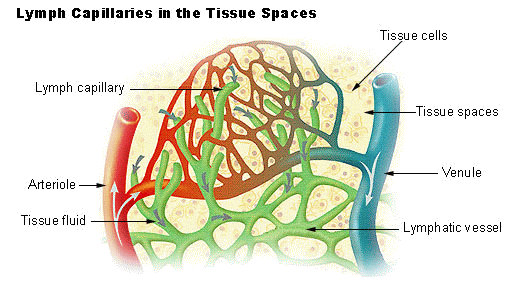Lymph capillary

|
WikiDoc Resources for Lymph capillary |
|
Articles |
|---|
|
Most recent articles on Lymph capillary Most cited articles on Lymph capillary |
|
Media |
|
Powerpoint slides on Lymph capillary |
|
Evidence Based Medicine |
|
Clinical Trials |
|
Ongoing Trials on Lymph capillary at Clinical Trials.gov Trial results on Lymph capillary Clinical Trials on Lymph capillary at Google
|
|
Guidelines / Policies / Govt |
|
US National Guidelines Clearinghouse on Lymph capillary NICE Guidance on Lymph capillary
|
|
Books |
|
News |
|
Commentary |
|
Definitions |
|
Patient Resources / Community |
|
Patient resources on Lymph capillary Discussion groups on Lymph capillary Patient Handouts on Lymph capillary Directions to Hospitals Treating Lymph capillary Risk calculators and risk factors for Lymph capillary
|
|
Healthcare Provider Resources |
|
Causes & Risk Factors for Lymph capillary |
|
Continuing Medical Education (CME) |
|
International |
|
|
|
Business |
|
Experimental / Informatics |
Editor-In-Chief: C. Michael Gibson, M.S., M.D. [1]
Lymph capillaries or lymphatic capillaries are tiny thin-walled blood vessels that are closed at one end and are located in the spaces between cells throughout the body, except in the central nervous system, and in non-vascular tissues. The main purpose of these vessels is to drain excess tissue fluids from around the cell ready to be filtered and returned to the venous circulation. This tissue fluid upon entering the lumen (elongated cavity of any fluid) is known as the lymph.
Lymphatic capillaries are slightly larger in diameter than blood capillaries and have a unique structure that permits interstitial fluid to flow into them but not out. The ends of endothelial cells that make up the wall of a lymphatic capillary overlap. When pressure is greater in the interstitial fluid than in lymph, the cells separate slightly, like the opening of a one-way swinging door, and interstitial fluid enters the lymphatic capillary. When pressure is greater inside the lymphatic capillary, the cells adhere more closely, and lymph cannot escape back into interstitial fluid. Attached to the lymphatic capillaries are anchoring filaments, which contain elastic fibers. They extend out from the lymphatic capillary, attaching lymphatic endothelial cells to surrounding tissues. Lymph capillaries have a greater oncotic pressure, which is due to the greater concentration of plasma proteins in the lymph.
The lymphatic capillary becomes the afferent lymphatic vessel and carries the lymph into a lymph node.
When excess interstitial fluid accumulates and causes tissue swelling, the anchoring filaments are pulled, making the openings between cells even larger so that more fluid can flow into the lymphatic capillary.[1]
References
- ↑ Tortora, Gerard J.: "Principles of Human Anatomy - 10th edition", page 512. John Wiley and Sons, Inc., 2005. lymph enters the lymph capillaries by osmosis